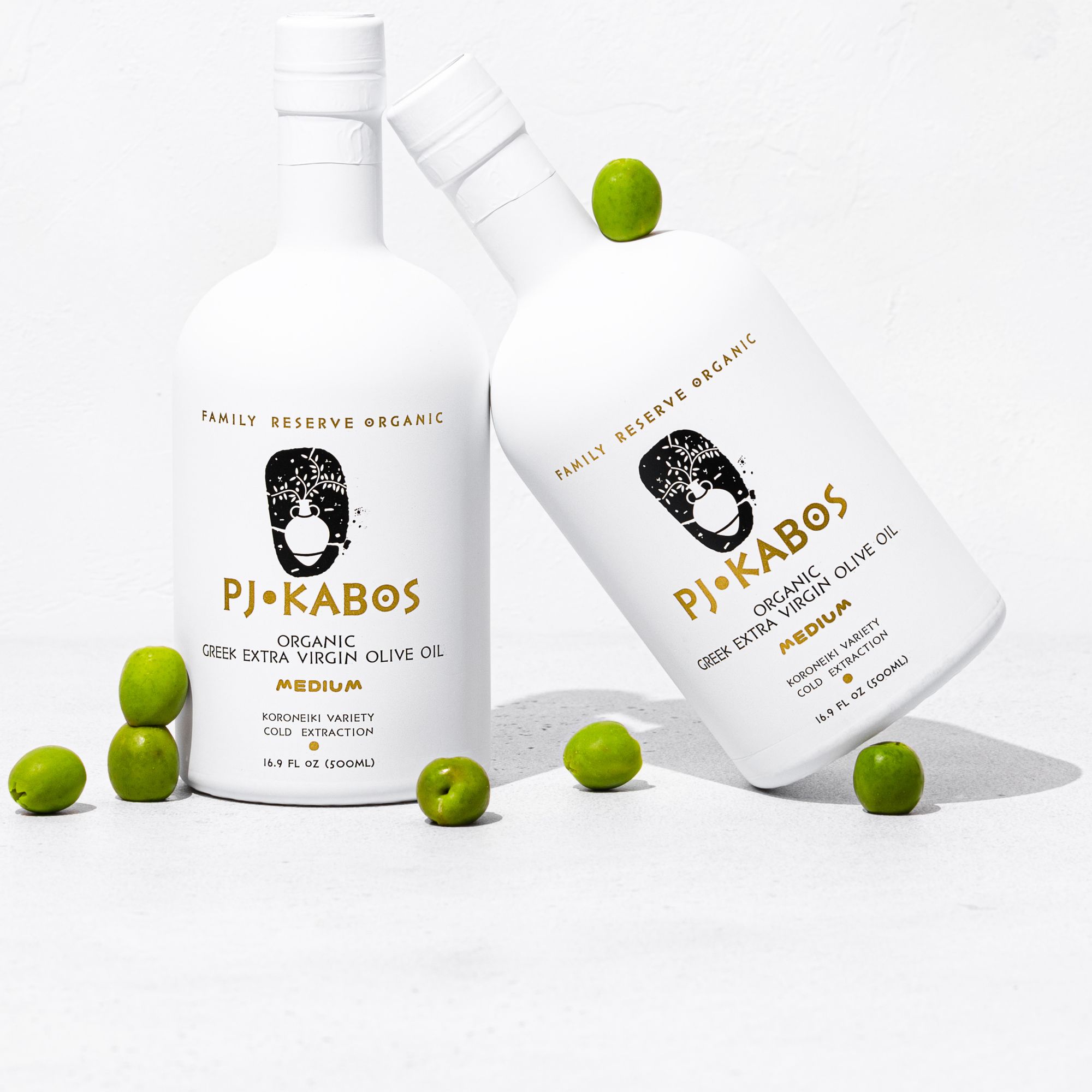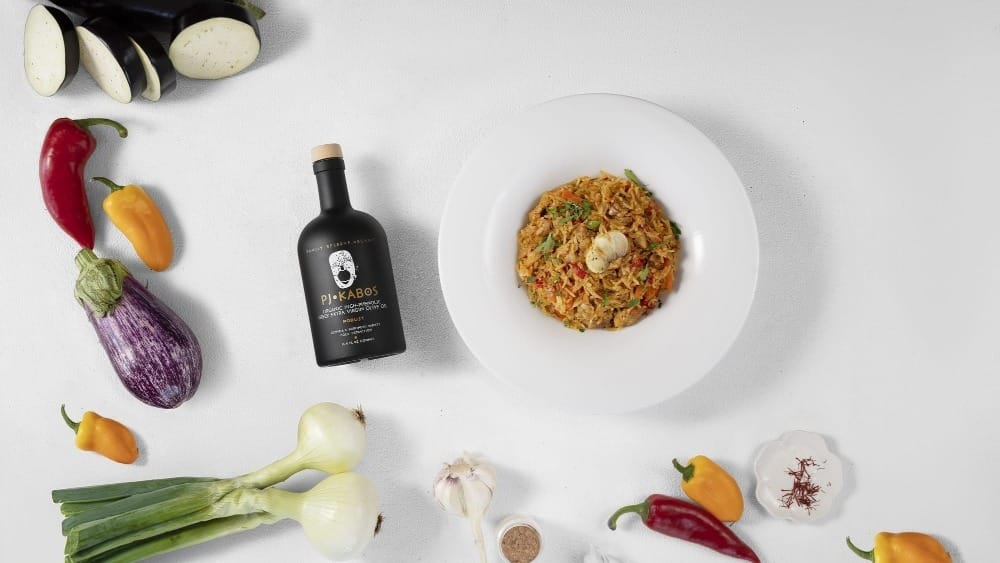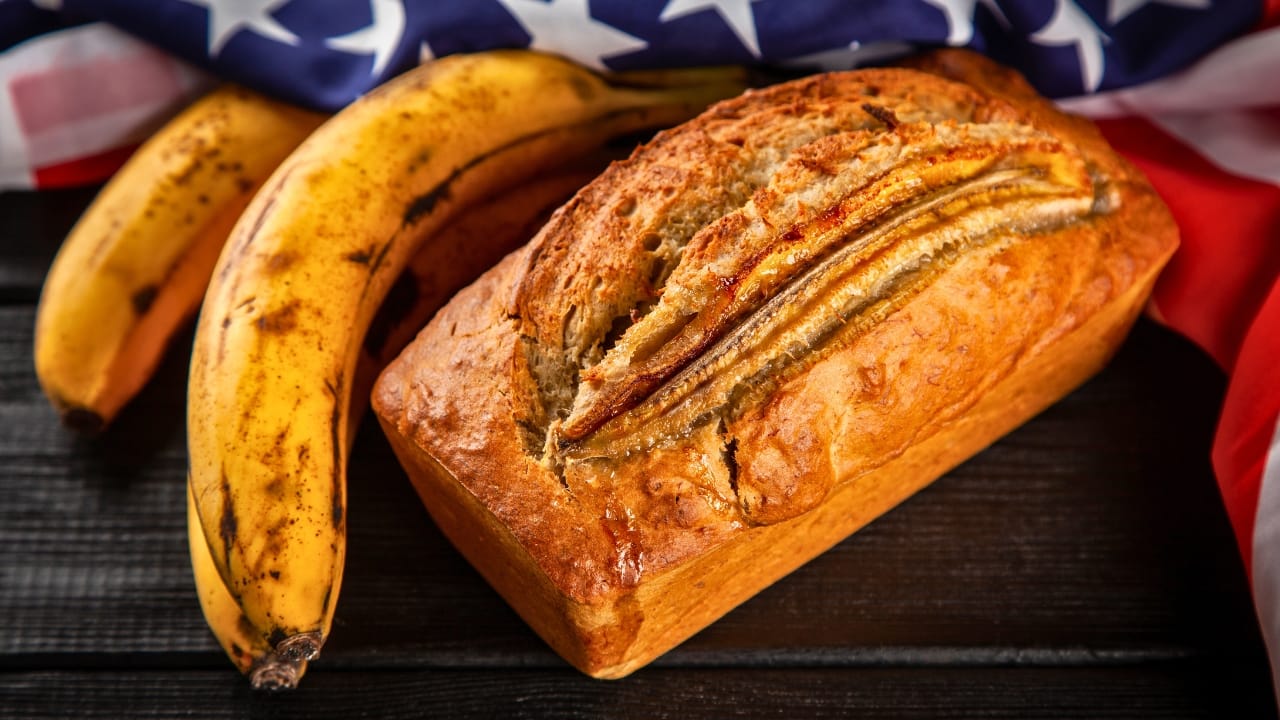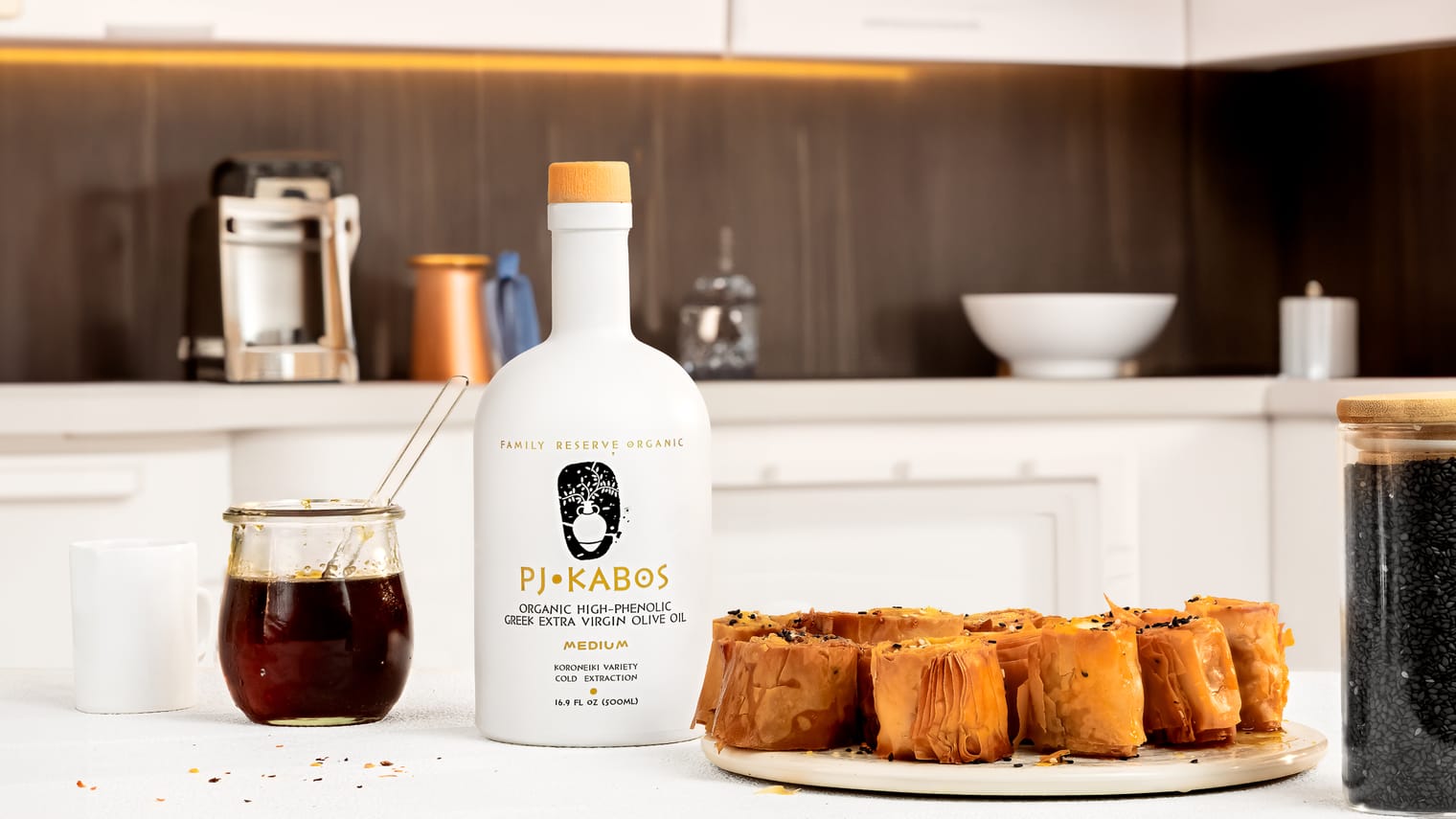When you are standing in the aisle of a grocery store faced with a row of extra virgin olive oil bottles, reading and understanding the label can feel like deciphering a foreign language. However, knowing how to read an extra virgin olive oil (EVOO) label is crucial for ensuring you choose a high-quality product. This article will guide you through the process, providing key insights and tips for interpreting EVOO labels.
1. Country of Origin
What it is:
- The country where the olives were grown and processed.
Why it’s Important:
- Some countries are renowned for their high-quality olive oil production. Knowing the country of origin can give you insight into the product’s quality.
2. Harvest Date
What it is:
- The date when the olives were harvested to make the oil.
Why it’s Important:
- Olive oil is best consumed fresh. Look for the most recent harvest date to ensure you’re getting fresh, flavorful oil.
3. Best By Date
What it is:
- The date by which the olive oil should be consumed for optimal quality.
Why it’s Important:
- It gives you an idea of the oil’s freshness and shelf life.
4. Certifications
What it is:
- Seals or logos indicating the oil meets certain quality, environmental, or geographical standards.
Why it’s Important:
- Certifications like PDO (Protected Designation of Origin) or USDA Organic verify the oil’s quality, production methods, and authenticity.
5. Grade
What it is:
- Indicates the quality and production process of the olive oil.
Why it’s Important:
- EVOO is the highest quality grade, made from the first pressing of olives without heat or chemicals.
6. Taste Notes
What it is:
- Descriptions of the oil’s flavor profile, such as fruity, peppery, or buttery.
Why it’s Important:
- Helps you choose an oil that suits your taste preferences and culinary needs.
7. Producer Information
What it is:
- Details about the producer or company behind the olive oil.
Why it’s Important:
- Provides insight into the brand’s reputation, history, and commitment to quality.
Tips for Reading an EVOO Label:
Be Skeptical of Marketing Claims:
- Be cautious of terms like “pure,” “natural,” or “premium,” which may be used for marketing and do not reflect the oil’s actual quality.
Look for Specific Information:
- Opt for labels with detailed information about the harvest date, producer, and certifications, which are often signs of a high-quality product.
Check the Bottle:
- Choose olive oil in dark, glass bottles, which protect the oil from light and oxidation, preserving its quality and flavor.
Conclusion
Being able to read and understand an extra virgin olive oil label is essential for making an informed purchasing decision. Equip yourself with this knowledge to navigate the world of EVOO confidently, ensuring you select a product that delivers on quality, flavor, and nutritional value, enhancing your culinary experiences and contributing to a healthy diet.
PJ KABOS 'Family Reserve Organic - Medium'
High Phenolic and 2022 Gold-Award Winner.
Declared as 'One of the World's Best Olive Oils'.
Click here to shop.




